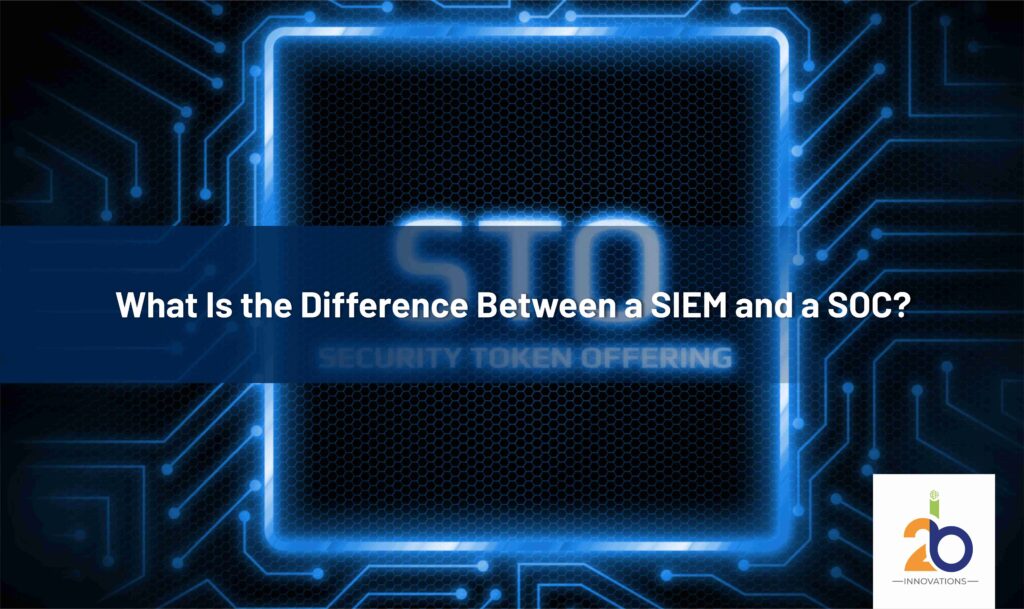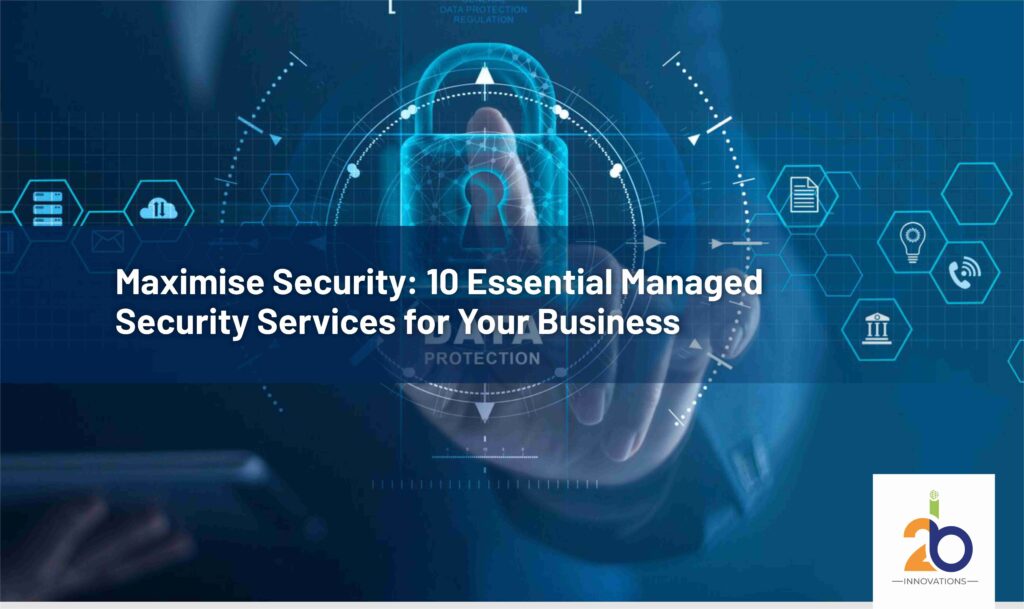
Right now, companies are trying to find better ways to keep their customers, data, and brand image safe from these threats, which are rapidly growing.
Getting security solutions like SIEM or SOC is the most important thing you can do to protect your business from possible threats. We’ve seen so many people around using SIEM and SOC devices. Another misconception regarding both of these devices is that people consider them one. By learning the differences between SOC and SIEM, you can choose the best for your business.
Professionals in the field of cybersecurity use SIEM software, which gives you real-time information about how safe your business is as a whole. The ties between log and event data are found by collecting, sorting, and finding the links between the two data types. The experts can be told about possible dangers and move quickly after getting the information.
Also, remember that SOC is a type of tool that includes SIEM. Engineers and experts at Managed SOC use a type of technology called SIEM to look for cybersecurity threats, deal with those risks, and study those risks. Always going up against the odds to fight hackers. These two methods should be looked into more:
Difference Between SIEM and SOC
What is SIEM?
SIEM, or Security Information and Event Management tools, helps business security teams properly find and handle security threats. You can always and always see the company’s IT system this way. SIEM is the merge of the best parts of both SEM (security event management) and SIM (security information management) and puts them together.
SIEM systems always look at IT settings to find possible threats because they gather and study events and log data from many sources. After this, the system tells the security teams about the risks and gives them the information they need to look into them and stop them quickly.
Limitations of SIEM:
The program is highly potent for any firm and can detect changing security risks. However, SIEM software’s few shortcomings also mean that implementing one does not guarantee the security of your company:
- Garbage out/in Many people think it will show a complete security picture after adding more logs and events to the SIEM. Unfortunately, this doesn’t seem right. Businesses must know that “Garbage in, Garbage Out,” or GIGO, also applies to SIEM systems. The SIEM system gets a lot of log and event data, which causes security and data alerts that aren’t needed. There is a high probability that false alarms and warnings may be sent, resulting in the omission of significant instances.
- False positives: A huge number of alerts are sent every day by SIEM software. True wins will always happen because of this. Security teams often ignore these warnings, which leads to security being broken. Someone with the right knowledge needs to review the alerts to see if they are real.
- Expensive and Time-consuming: SIEM software needs continuous monitoring 24*7. It also needs to be set up and maintained regularly. Any business needs to do this. With SIEM, your basic requirement is to hire a full-time team of experts who completely focus on the management of the SIEM system. It is hard to understand, takes time, and could cost the company much money.
A company needs more than just SIEM, which stands for “security operations center,” to make up for this lack.
What is SOC?
SOC works with SIEM because it gives you the power to manage it. As the name suggests, SOC is a group of security experts whose job is to watch over a business’s IT systems, look for risks, and respond to attacks when they happen. An extra line of defense keeps SOC companies safe from cyber dangers inside and outside the company. You can do more to protect your business, processes, and reputation from cyberattacks when you have SOC.
Benefits of SOC as a Service:
SOC is outsourcing your cybersecurity needs to a managed security service provider or MSSP. SIEM team can effectively work with the organization’s in-house team.
It has multiple benefits, such as:
- Lower costs.
- Quick deployment and maintenance.
- Latest and upgraded technology.
- 24X7 monitoring of your SIEM solution.
More information about how to outsource your security needs can be found on our website at 2b Innovations. You can get a free quote from us.


